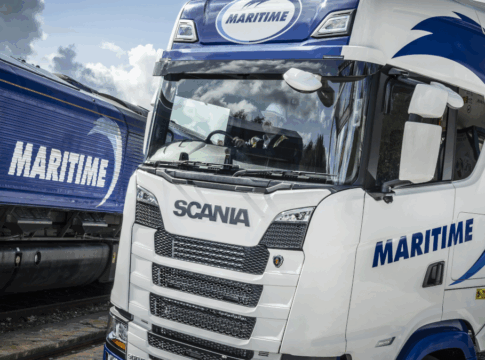Gladstone Ports Corporation (GPC) celebrated its 110th anniversary on 6 March, and looked back on its long history as a significant port for not just Queensland but all of Australia.
The supercentenarian birthday marked 110 years since the Gladstone Harbour Board first met in 1914 at the Gladstone Town Hall.
GPC’s history books reveal an industrious past, from shipping horses to India in 1894 to over 120 million tonnes of multi commodity products today.
One of the very first trade opportunities still stands today at Auckland Point thanks to a deal with the British Imperial Oil Company (now known as Shell) erecting tanks for petroleum storage in 1929.
That was just the beginning for GPC; by 1930 more than 58,000t of coal was exported to the world.
Fast forward to 2024, and the GPC is now the world’s fourth largest coal exporting terminal, handling more than 34 products including LNG, aluminium, petroleum and timber. Since the establishment of Reg Tanna Coal Terminal (RGTCT) in May 1980, it has totalled 1.5 billion tonnes of coal exports.
GPC’s CEO, Craig Haymes, said that the ports sector is a major contributor to employment and future job opportunities with many jobs across the state linked to export/import of trade from ports like GPC.
As an employer of more than 750 staff, GPC contributes to economic activity that supports thousands of additional jobs and generates billions of dollars in gross value add for the broader Central Queensland economy.
“Today, GPC facilitates more than 120 million tonnes of throughput a year, with a record dividend of $117 million delivered to the state’s economy last year for the benefit of all Queenslanders,” Mr Haymes said.
“By leveraging our extensive operating experience across our three operational ports we are strengthening GPC’s position as one of the world’s leading multi-commodity ports, contributing to Queensland’s economy and demonstrating our role in building a sustainable and prosperous future for Queensland and the nation.
“We are focused on ensuring continuity and stability for the business and exploring exciting new opportunities like assisting in transforming Australia’s energy landscape.
“To our teams, our customers and the communities in which we operate, thank you for your continued and valued support as we facilitate sustainable trade and development and provide prosperity to the region for another 100 plus years.”


